Learning styles: How do you study?
Identifying your learning style might make studying a lot easier
“I had an inability to focus when it was just boring worksheets and reading and had a lot of restlessness in class,” Meredith Brashear, sophomore geoscience major, said.
Brashear struggled with learning until she was introduced to an untraditional style of instruction during her early education that helped her learn best.
“When I was in third grade, I was tested for ADHD and after that point, I was put into a program where you learn visually and some hands-on kind of stuff outside of school. Once I got to seventh grade I was put in special classes where we focused on learning visually and learning with projects.”
The program and classes that helped Brashear succeed illustrate multiple categories of the Visual, Aural, Read/Write and Kinesthetic (VARK) model. The VARK model was developed with the intent of identifying how students prefer to learn in order to provide them with adequate classroom resources.
Since then, the concept has been widely utilized by educators as a tool to help them diversify their lesson plans and cater to a wide range of student needs. Similarly, many students have found that identifying their specific learning style has helped them find study techniques that work best for them.
Visual learners, as the name implies, learn best when information is presented through visual aids such as flowcharts, symbols, diagrams or videos. They may struggle when information is not easily visualized or is presented in a text-heavy manner.
As a visual learner, first-year Katia Knickerbocker shared some of her favorite study techniques that help her best retain the material. Organization and stimulation are key to her approach.
“I love using the whiteboards, graphic organizers really help, quizlets, watching videos and highlighting stuff. I also have an agenda to keep things organized and a lot of flashcards,” Knickerbocker said.
Auditory learners process new information through sounds and verbal communication. They prefer to listen to lectures, participate in discussions and come up with rhymes or rhythms to remember new things. Auditory learners may become easily distracted by background noise, and, like visual learners, struggle with written information.
First-year Stella Miliatis proclaims that she identifies predominantly as an auditory learner, though writing things down helps her as well. Incorporating aspects of multiple categories of the VARK model is what works best for her.
“I really like lectures because I learn best when the professor is telling me something and I can take better notes,” Miliatis said. “I also like to look back on recorded lectures when I’m studying for quizzes or tests.”
Students who subscribe to the reading/writing learning style flourish when information is presented in written form, and when they are given an opportunity to express their ideas through writing. You will often find their textbooks well-annotated and their notes filled with more words than images. These learners will often struggle with oral presentations and group discussions, instead preferring to work independently.
First-year Sierra Goode identifies with the reading/writing learning style and elaborates on why. She also shares a bit about how she struggles in class if she does not write things down.
“I don’t remember anything if I don’t take notes, it goes in one ear and out the other. But, I also have to remember to make sure I understand and am not just mindlessly copying things down,” Goode said.
Kinesthetic learners learn best when touching, moving and gaining hands-on experience. They like to actively engage with the material they are learning through experiments, crafts and jumping from place to place in activities like scavenger hunts. They may have difficulty staying still and utilize fidget toys to keep focused. Kinesthetic learners make up only 5% of the population, though many learners still benefit from experiential instruction.
Ever Whitlock, junior history and ancient Mediterranean studies double-major, incorporates practices from each learning style into day-to-day study habits. They generally enjoys classroom activities that make them feel heard and involved.
“I like visual and hands-on interaction. Also, more often than not I just find a spot and I put music on because the music helps me hyper focus on what I’m doing, especially when I’m doing a lot of reading. In class, I really like when professors have discussion-based lectures instead of just talking at me. That helps me engage a lot better and learn a lot easier,” Whitlock said.

Hello! My name is Riya Vankamamidi (she/her) and I am an Opinion Columnist here at the Trinitonian. I am a sophomore Psychology major and Biology minor...
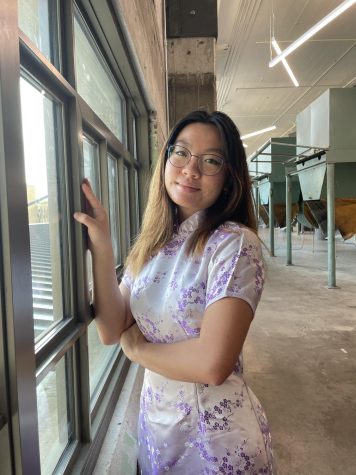
Hi guys! My name is Lily Zeng, and I am a sophomore from Memphis, TN majoring in Urban Studies with an interest in a Spanish major or minor. My favorite...

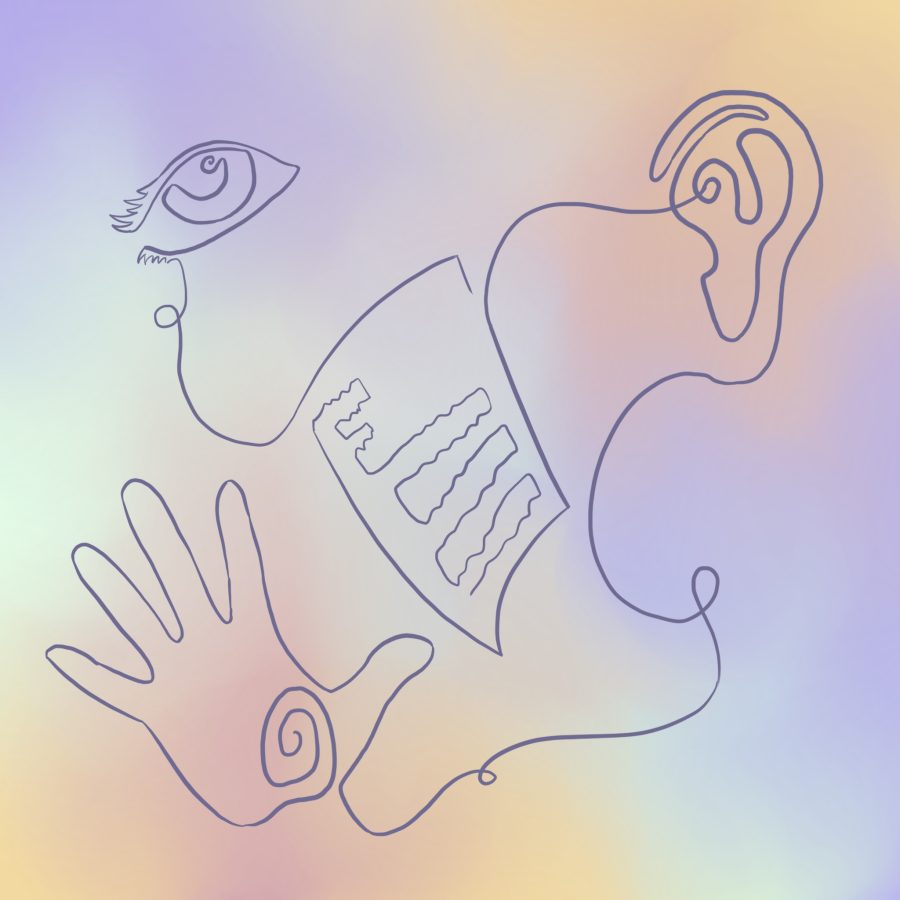
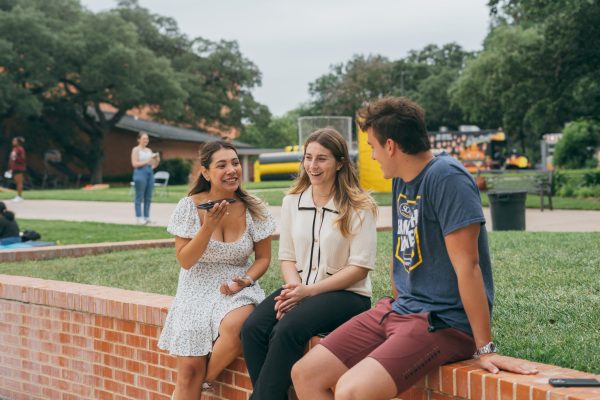
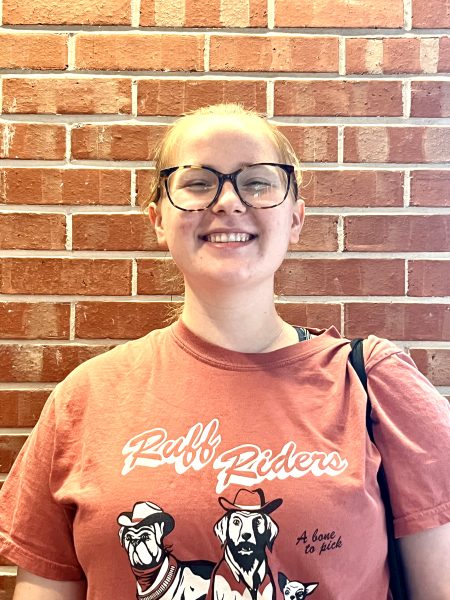
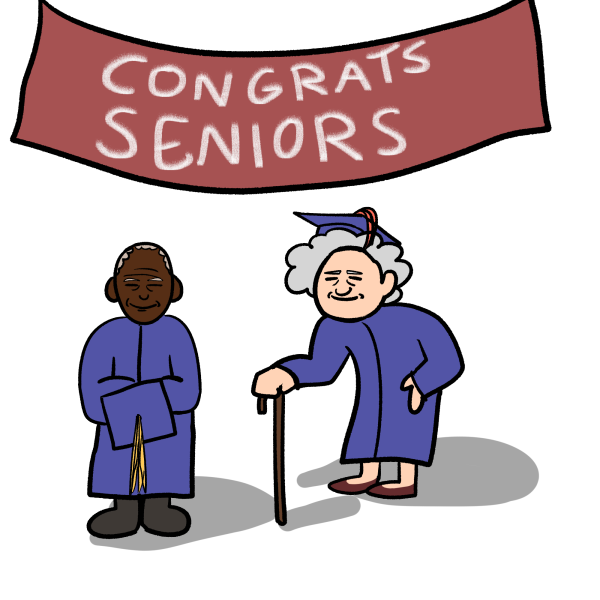



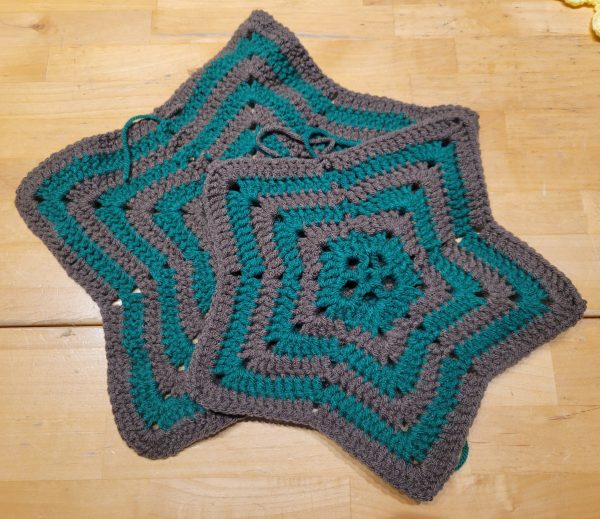
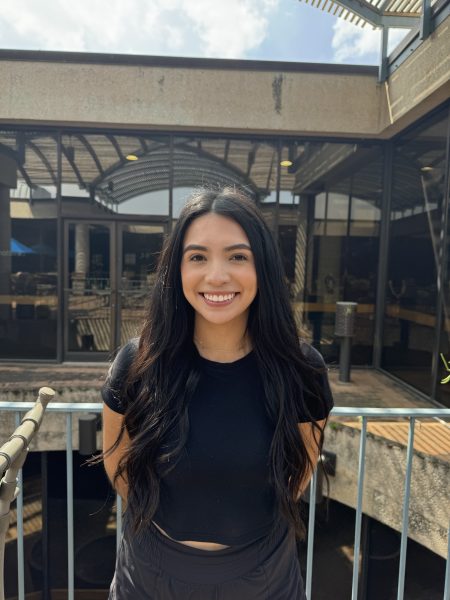

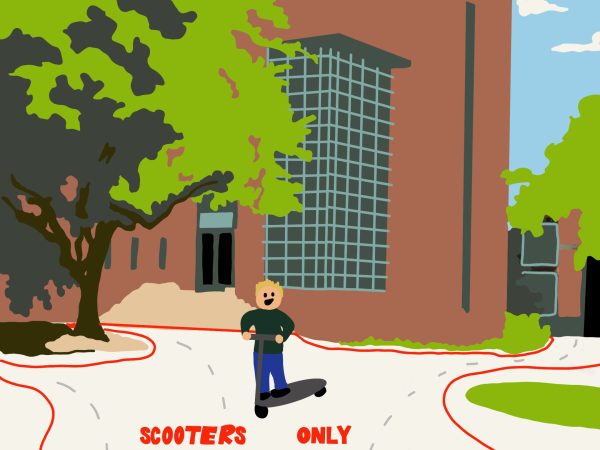
Betty Curry • Mar 24, 2023 at 12:50 pm
Hello, Trinitonian friends! I was excited to see this article that explores meaningful ways that student are finding to engage with their learning at Trinity. However, I wanted to let you know that the theory of Learning Styles as a path to deep learning has been debunked by extensive research in cognitive psychology. Instead, the evidence supports that each learner use a multimodal approach, actively combining as many senses as possible to make memories “stick”. By far, the most important approach that Trinity students should consider is called “desirable difficulty.” Essentially, actively engaging with material through retrieval (self-quizzing, working more problems, etc.) and spacing out your learning are by-far the best ways to effectively and efficiently learn the concepts and skills at a level of mastery that will endure and can be built upon. We would love to help students explore new strategies solidly based on these findings.